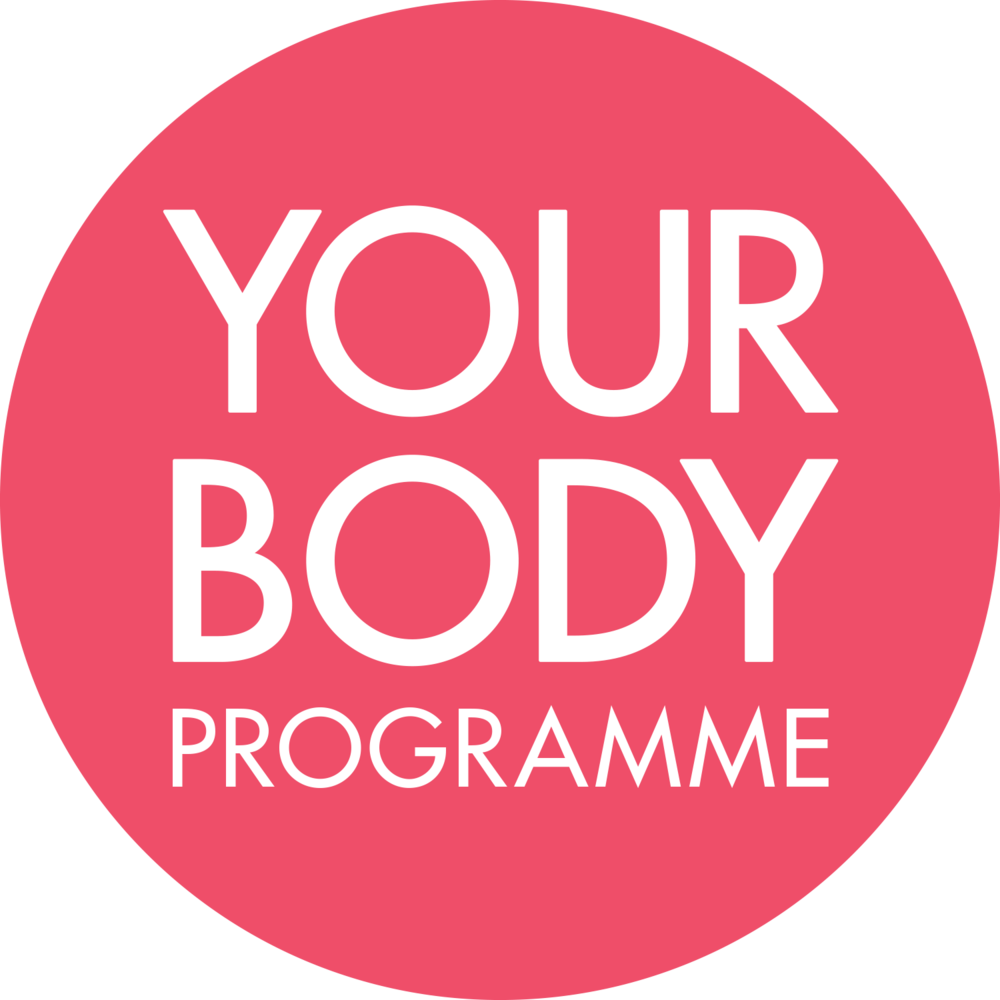stretching before exercise
Is it doing more harm than good?
If you’re like most of us, you were taught the importance of warm up exercises and stretching back in school and sports clubs, and you have more than likely continued with the same routines since you were young. Science, however, has moved on and today’s research now shows that some of the more entrenched elements of many people’s warm up regimens are not only a waste of time, but actually bad for you.
The old presumption that holding a stretch for 20 to 30 seconds, (known as static stretching), primes muscles for a workout is wrong. It actually weakens them!
In recent studies conducted, athletes generated less force from their leg muscles after static stretching than they did after not stretching at all. Other studies have also found that this type of stretching decreases muscle strength by as much as 30 percent. Also, stretching one leg’s muscles can reduce strength in the other leg as well.
There is a neuromuscular inhibitory response to static stretching. The straining muscle becomes less responsive and stays weakened for up to 30 minutes after stretching, which is not how you want to begin a workout.
Stretching techniques
STATIC STRETCHING
Static stretching is when you stretch and hold a muscle just beyond its normal range of motion. Each stretch is ideally held for 15 to 30 seconds. Its primary purpose is to increase flexibility of the muscles and ligaments. Following a workout, static stretching helps lengthen the muscles that have been tightened during the workout, preventing muscle imbalances and future injury.
DYNAMIC STRETCHING
Dynamic stretching comprises of controlled movements involving arm and leg swings that slowly bring the muscles close to their full range of motion. This type of stretching is ideal before sporting events, weight bearing exercise sessions, or training involving quick changes of direction. Dynamic stretching is meant to prepare the muscles for the activity at hand. Examples include torso twists, arm circles, knee-high jogs, walking lunges and standing leg lifts.
BALLISTIC STRETCHING
Ballistic stretching involves an uncontrolled bouncing motion that stretches the muscles far beyond their normal range of motion. An example of ballistic stretching would be sitting with your feet extended and reaching for your toes repeatedly, trying to extend further with each bounce. It is not to be confused with dynamic stretching, which involves controlled movements. Ballistic stretching has been found to be hazardous towards the body. It can injure vital muscles and nerves with the sharp jerking movements and it is even possible for tissue to be ripped off the bone.
While static stretching is still almost universally practiced among amateur athletes and gym users today, it doesn’t improve the muscles’ ability to perform with more power, physiologists now agree.
Stretching muscles while moving or dynamic stretching or dynamic warm ups increases your power, flexibility and range of motion. Muscles in motion don’t experience an inhibitory response.
So why do we see lots of people in gyms etc, jump on treadmills, bikes, rowers for 10 minutes to get warm then spend another 10 minutes stretching? As I said early, we were all told and shown that stretching before exercise will help us perform better and prevent injury. Not only does it decrease performance, but also your body actually cools down while you are stretching, giving you the opposite effect of what you want.
When you perform a warm up, it should do two things: loosen muscles and tendons to increase the range of motion of various joints, and literally warm the body up.
A well designed warm up starts by increasing your body heat and blood flow through the muscles etc. Warm muscles and dilated blood vessels pull oxygen from the bloodstream more efficiently and use stored muscle fuel more effectively. Also, they will withstand loads better.
One significant if gruesome study found that the leg muscle tissue of laboratory rabbits could be stretched further before ripping if it had been electronically stimulated or warmed up!
As your body starts to warm up, you then want to add your dynamic stretches. Dynamic stretching is at its most effective when it’s relatively sports specific. You need range of motion exercises that activate all of the joints and connective tissue that will be needed for the task ahead. Athletes who need to move rapidly in different directions, like football, tennis, rugby or basketball, should do dynamic stretches that involve many parts of the body.
Even golfers, who are notoriously nonchalant about warming up (a recent survey of 304 recreational golfers found that two-thirds seldom or never bothered), would benefit from warming up and doing some dynamic stretching before teeing off. In one 2004 study, golfers who did dynamic warm up exercises and practice swings increased their club head speed and were projected to have dropped their handicaps by seven strokes over seven weeks.
Controversy remains about the extent to which dynamic warm ups prevent injury. But studies have been increasingly clear that static stretching alone before exercise does little or nothing to help. The largest study has been done on military recruits. The results showed that an almost equal number of subjects developed lower limb injuries (stress fractures, shin splints etc.), regardless of whether they had performed static stretches before training sessions.
There is a time and place for static stretching in your workout routine and it’s not at the start. Your warm up routine should consist of a light aerobic activity and dynamic stretching before you perform your workout. Static stretching should be saved for the end of your workou

